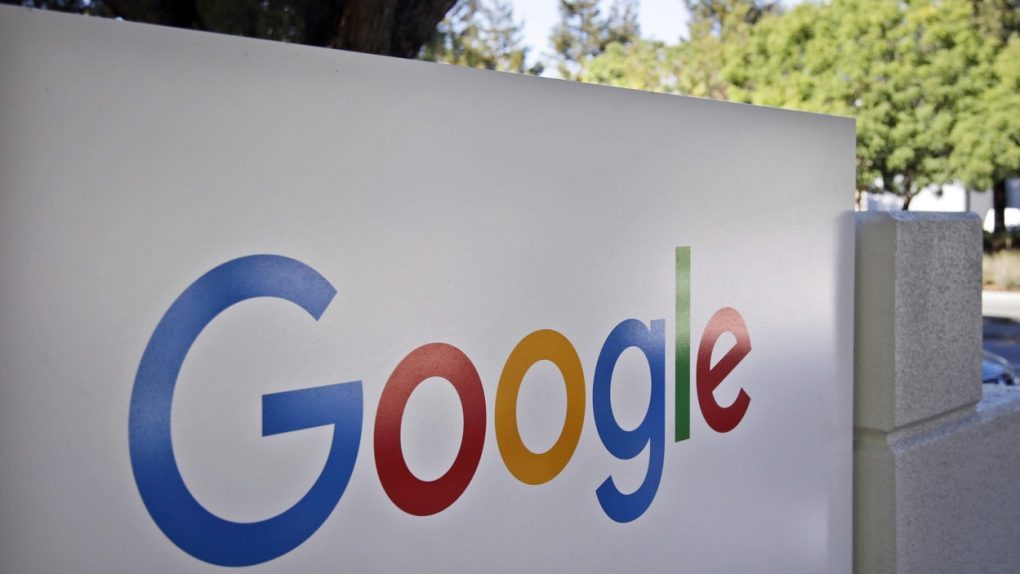Quantum computing represents the future of computers, and that’s because of physics. In the not too distant future, we won’t be able to further reduce the size of the transistors used in traditional computing, and that’s where the quantum future will hopefully take over.
Getting there is no easy task, and there are various companies that are currently testing quantum computers. Google, is, unsurprisingly one of them. And the Search giant just announced its brand new quantum processor, the Bristlecone.
Google wants quantum computers to solve real-world problems in the not too distant future. But before quantum computers can actually take over from traditional ones, computer makers need to make sure that quantum processors have low error rates.
Google is doing exactly that with Bristlecone, the company explained at the American Physical Society.
“The purpose of this gate-based superconducting system is to provide a testbed for research into system error rates and scalability of our qubit technology, as well as applications in quantum simulation, optimization, and machine learning, “ Google writes.
Google already demoed a 9-qubit quantum computer — qubits are like bits but for quantum computers. Now it’s testing a 72-qubit quantum computer “to be able to demonstrate quantum supremacy in the future.”
Quantum supremacy means beating a regular supercomputer when it comes to solving a particular type of science problem In order for that to happen, a quantum computer has to be operated with a very low error rate.
The computer’s design is based on the “underlying physics of our previous 9-qubit linear array technology,” Google explains. That computer delivered low error rates for readout (1%), single-qubit gates (0.1%) and two-qubit gates (0.6%). The more qubits a quantum computer has, the lower the error rate should be.
Google is “cautiously optimistic” that Bristlecone to deliver the same performance as the 9-qubit device. If that happens, the technology may be used for building larger scale quantum computers.








